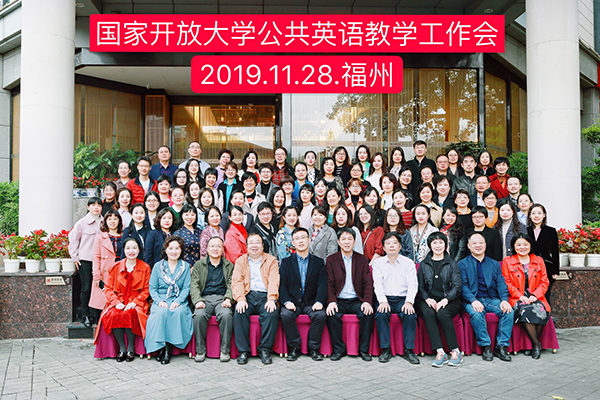 Wu Guorong, deputy secretary of the Party committee and president of the Fujian Branch, attended the meeting and delivered a welcome speech. He summarised and reviewed the significant changes in the orientation, training object and model, and school running strength of the Fujian branch over the past 40 years.
Wu Guorong, deputy secretary of the Party committee and president of the Fujian Branch, attended the meeting and delivered a welcome speech. He summarised and reviewed the significant changes in the orientation, training object and model, and school running strength of the Fujian branch over the past 40 years.
In order to improve the academic and scientific research atmosphere of the Faculty of Political Science and Law, boost teachers' enthusiasm for scientific research, and serve the construction of the open education law major, the Law School of the Open University of China (OUC) Faculty of Political Science and Law held an academic salon on 21 November 2019, with the theme of "Research on the Design and Reform of the Undergraduate Course System of the OUC’s Law Major in the New Era.”
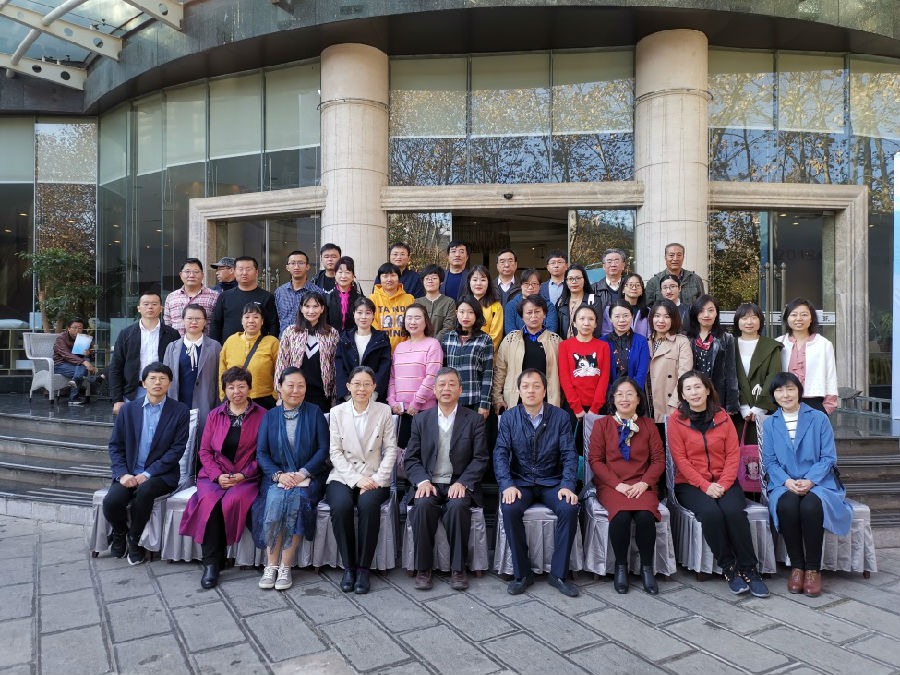 In order to fully implement the basic task of cultivating talented personnel through morality, strengthen the construction of medicine-related disciplines and specialties, and improve the quality of teaching and personnel training, the Faculty of Agroforestry and Medicine of the Open University of China (OUC) held a meeting on the teaching of medicine majors in Kunming, Yunnan Province, from 22-23 November 2019.
In order to fully implement the basic task of cultivating talented personnel through morality, strengthen the construction of medicine-related disciplines and specialties, and improve the quality of teaching and personnel training, the Faculty of Agroforestry and Medicine of the Open University of China (OUC) held a meeting on the teaching of medicine majors in Kunming, Yunnan Province, from 22-23 November 2019.
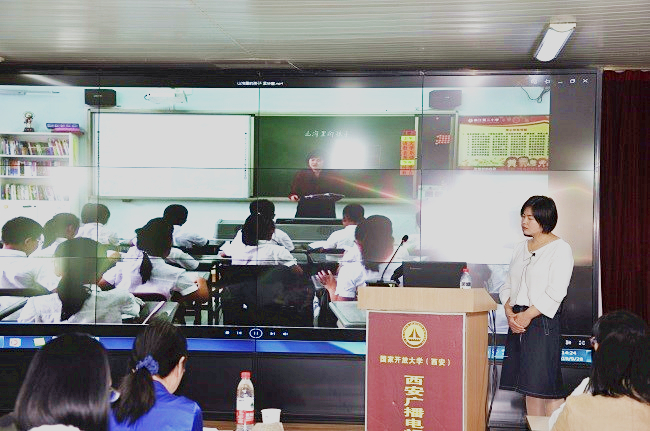 An event to select outstanding teaching cases by students of primary education and outstanding cases of collective activities for preschoolers by students of preschool education, the first of the kind at the Open University of China (OUC), concluded successfully in Beijing.
An event to select outstanding teaching cases by students of primary education and outstanding cases of collective activities for preschoolers by students of preschool education, the first of the kind at the Open University of China (OUC), concluded successfully in Beijing.
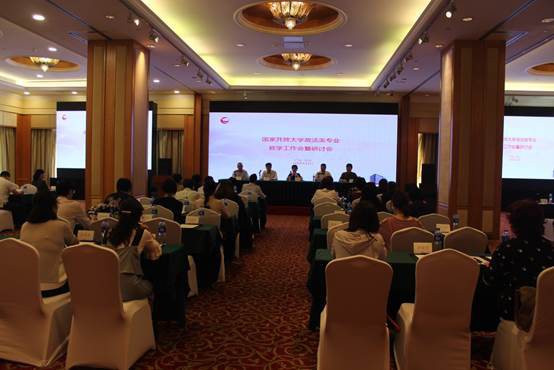 In order to thoroughly implement the spirit of the National Conference on Teaching Work, promote the basic task of cultivating talents with morality, improve the construction quality of politics and law majors, and enhance the quality of training and teaching in these majors, the Faculty of Political Science and Law of the Open University of China (OUC) held a teaching work conference and seminar for politics and law majors in Zhongshan City, Guangdong Province, from 12-14 November 2019.
In order to thoroughly implement the spirit of the National Conference on Teaching Work, promote the basic task of cultivating talents with morality, improve the construction quality of politics and law majors, and enhance the quality of training and teaching in these majors, the Faculty of Political Science and Law of the Open University of China (OUC) held a teaching work conference and seminar for politics and law majors in Zhongshan City, Guangdong Province, from 12-14 November 2019.
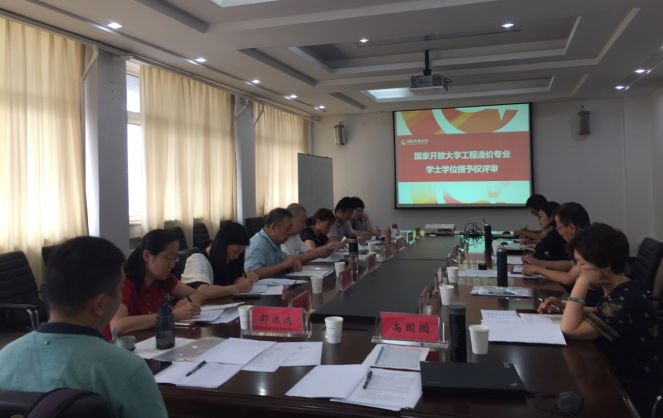 From 9-10 July 2019, the Open University of China (OUC) organised for a team of experts to evaluate the bachelor's degree conferral rights for four majors that were opened in the spring semester of 2018: Pharmacy, Rural Regional Development, Mining Engineering, and Engineering Costing. This is the first time that the OUC has launched evaluation work for the right to grant bachelor's degrees to new majors that haven’t yielded any graduate students yet.
From 9-10 July 2019, the Open University of China (OUC) organised for a team of experts to evaluate the bachelor's degree conferral rights for four majors that were opened in the spring semester of 2018: Pharmacy, Rural Regional Development, Mining Engineering, and Engineering Costing. This is the first time that the OUC has launched evaluation work for the right to grant bachelor's degrees to new majors that haven’t yielded any graduate students yet.
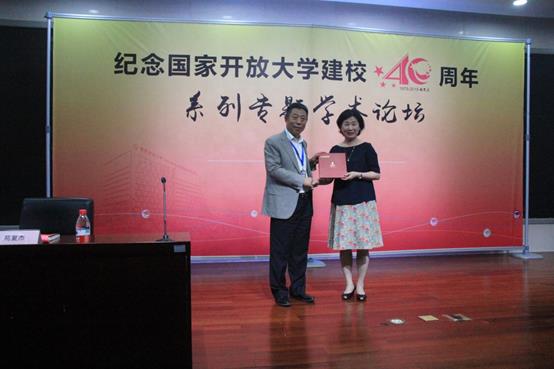 2019 marks the 40th anniversary of the founding of the Open University of China (OUC). As an important part of the celebrations, a series of academic seminars celebrating the 40th anniversary of the founding of the OUC jointly organised by the General Office of Party and Administration and the Education Research Institute have been successfully carried out.
2019 marks the 40th anniversary of the founding of the Open University of China (OUC). As an important part of the celebrations, a series of academic seminars celebrating the 40th anniversary of the founding of the OUC jointly organised by the General Office of Party and Administration and the Education Research Institute have been successfully carried out.
Nowadays, information technology, including the internet, cloud computing, big data and artificial intelligence, is sweeping the world, affecting production, lifestyles, and more. In education, novelties such as micro-classes, MOOCs, flipped classrooms, ubiquitous learning, online education, and so on, have posed a severe challenge to traditional models, and ways of incorporating IT into education are being explored throughout China.
To regulate the development of after-school training, the general office of the State Council issued Opinions on Regulating the Development of After-School Training in August 2018, pointing out that we should focus on the supervision and control of teacher training. Access to online education, an important part of after-school training, is open, but it has much higher requirements in terms of teaching resources, as well as research and teaching levels. Developing effective online teachers requires careful consideration.
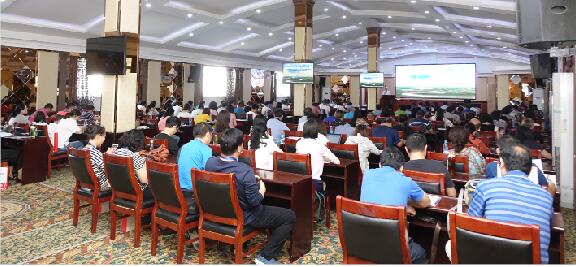 An advanced workshop on the comprehensive reform and development of continuing education in regular universities was held recently in Hulunbuir, Inner Mongolia.
An advanced workshop on the comprehensive reform and development of continuing education in regular universities was held recently in Hulunbuir, Inner Mongolia.